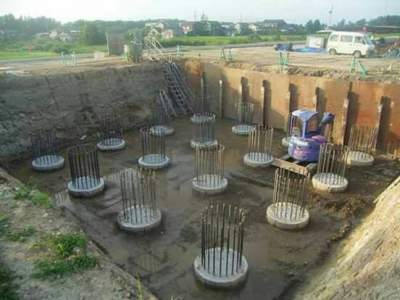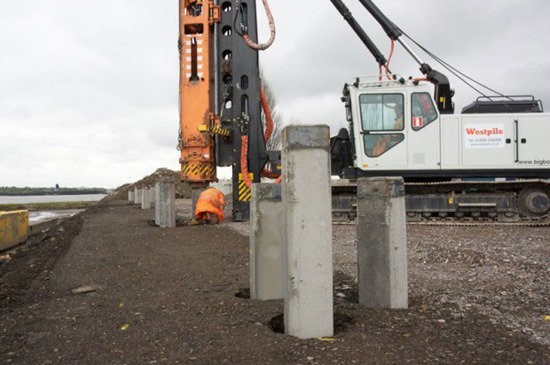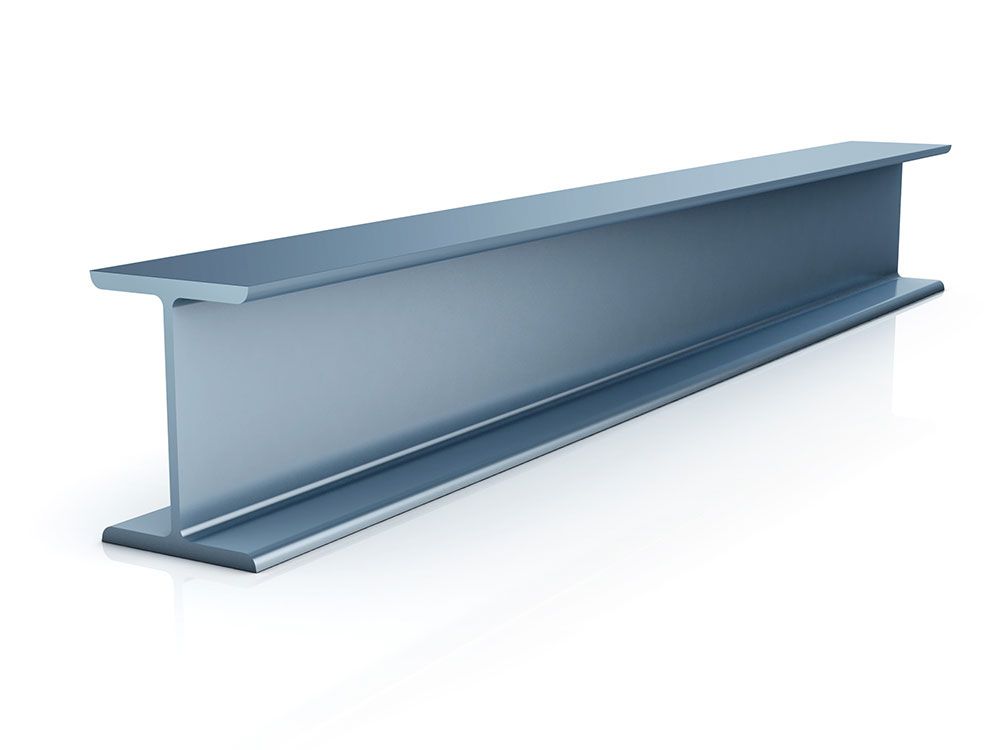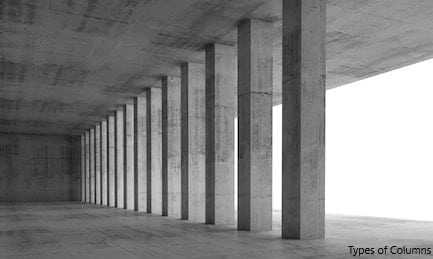Concrete piles are constructed often as the foundation of many structures when compared to the other types of pile foundations.
The article pile foundations could be reffed for more information on the pile foundations. In this article, we are discussing the concrete piles.
Why do we need piles and when do we need piles?
The following key reasons can be highlighted as requirements for constructing pile foundations.
- Weak ground conditions
- To support uplift forces
- To resits lateral forces
- When there is no possibility to bear the applied loads by the shallow foundation.
As we know, the most economical type of foundation is the individual pad footings. With the weak ground conditions, there may not be possible to place a shallow foundation even for a two-story building.
We might try the soil stabilization method, or as an alternative, we could go for pile foundation when another method does not feasible.
What is a concrete pile ?
A reinforced concrete structural element having the cross-sectional shape circular or square or any other cost or placed below the ground for a deeper depth is called a pile.

Types of Concrete Piles
Mainly there are three types of concrete piles out of which prestressed piles are not commonly used in construction.
- Cast-in-situ bored piles
- Precast piles or driven piles
- Post-tensioned piles
Let’s discuss each concrete pile type in detail.
Cast-in-situ Bored Piles
The most common type of concrete pile used in construction is the cast-in-situ bored piles. Though the construction process is a bit complicated/difficult when compared to the other types of concrete piles, there are many added advantages of these types of pile foundations.
The main challenge of the cast in situ bored pile construction is quality control.
Starting from 600mm to 3000mm or even more diameter bored piles are available now. The development of the construction industry has widened the applicability of concrete piles.
Precast Piles
Precast piles are also called driven piles. There is more information about driven pile in the article Driven Pile Foundation Desing and Construction.
Precast piles are comparatively simpler than cast-in-situ bored piles. Also, the construction process is not that complicated and installation of plies can be done quickly.

Comparison of the Cast In situ Piles and Bored Piles
| Cast-in-situ Bored Piles | Precast Piles | |
| 1 | Pile is cast at site | Precast piles are used |
| 2 | Anchored into the rock in most of the time | Terminated at hard soil layer determined based on the geotechnical capacity evaluated based on the soil parameters |
| 3 | Since mostly rested on the rock, higher end bearing can be archived | Comparatively, low-end bearing can be expected |
| 4 | Rock skin friction can be considered | No such friction as the pile terminated above the bend rock. |
| 5 | Have higher uplift resistance | Comparatively low uplift resistance |
| 6 | Casting inclined piles are challenging | The precast pile can be driven with an inclination |
| 7 | Termination of the piling is challenging | Termination can be done considering the settlement of the pile cases when driving. |
| 8 | Circular shape | Generally square shape |
| 9 | Can reach higher axial load capacity with the increase of the diameter | There are limitations in the axial capacity as there are difficulties in increasing the pile size |
| 10 | Qualify control and assurance process is very important as the pile is cast below the ground and no visual observation can be done. | Sine the pile will be cast in the yard, the quality of the construction can be monitored. |
| 11 | Plie diameter could be changed (bulging and necking) during the construction due to the collapse of soil. The integrity of the pile will be tested after the construction | The pile may cause structural damages during the driving process. |
| 12 | Construction cost would be higher than the other types of pile foundations | Construction cost would be less than the cast-in-situ piles |
| 13 | It takes a long time to complete the construction of piles | Comparatively lesser time for construction |
Application of Different Types of Concrete Piles
- Cast-in-situ bored piles are used in the high rise building construction
- Precast piles would be used in buildings having low axial loads.
- Driven piles or the precast pile are used in areas where there are ranking piles
- Bridge construction, precast piles are sued
Testing of Concrete Piles
The following test is conducted to ensure the quality of construction and load-carrying capacity of piles.
| Type of Test | Nature of Test |
| Maintained Load Test (MLT) | To check the load-carrying capacity of the pile |
| Pile Integrity Test (PIT) | Check the integrity of the pile. Correct termination, necking bulging, etc. can be identified with the test. |
| Pile Dynamic test (PDA) | To check the load-carrying capacity of the pile |
| Cross Hole Sonic Logging Pile Integrity Test | Check the integrity of the pile with the reinforcement cage. |
| Bi-Directional Pile Load Testing | To check the load-carrying capacity |
You may refer to the other articles related to the pile foundations


